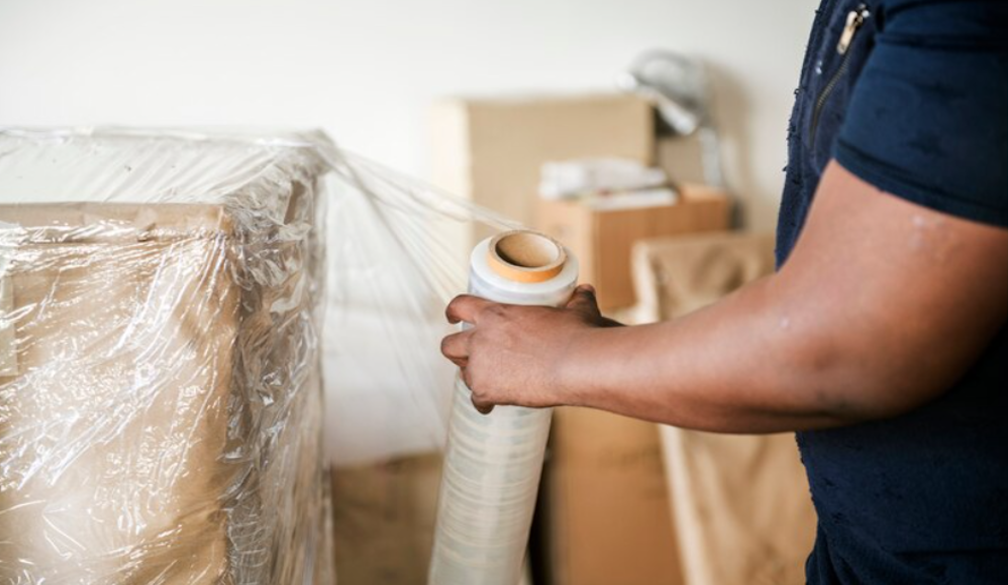Why Plastic Packaging is Essential for Businesses: Benefits, Trends and Sustainability

Plastic packaging remains one of the most efficient and reliable ways for businesses to protect, present and transport their products. From food and beverage companies to manufacturers and retailers, its flexibility and cost-effectiveness make it a preferred option across industries. This article will explore the benefits of plastic packaging, current trends shaping the industry and how businesses are moving towards more sustainable solutions.
The Practical Benefits of Plastic Packaging
Businesses rely on plastic packaging for good reason. It offers exceptional durability and protection against moisture, contamination and physical damage, which are all key factors in maintaining product quality during storage and shipping. Unlike alternatives such as glass or paper, plastic is lightweight, which reduces transport costs and lowers the risk of breakage.
Its versatility is another major advantage. Whether it’s bottles, containers, wraps or custom moulded parts, plastic packaging can be designed to fit specific product needs. This adaptability makes it ideal for everything from everyday consumer goods to complex industrial applications. The cost efficiency and consistent performance of plastic make it the go-to solution for companies looking to balance reliability with affordability.
Innovation and Trends Driving the Industry
The plastic packaging industry continues to evolve with new technologies that are focused on improving sustainability and functionality. Biodegradable plastics, for instance, are now entering mainstream use, offering the same benefits as traditional plastics with reduced environmental impact. Lightweighting, a manufacturing trend that involves reducing the amount of material used without compromising strength, has also become a key focus for manufacturers.
Meanwhile, advances in recycling technology mean more types of plastic can be reused, helping companies meet environmental targets without sacrificing product quality or presentation. These innovations demonstrate how plastic packaging is adapting to meet both industry demands and environmental expectations.
Sustainability and the Future of Plastic Packaging
Sustainability is at the forefront of every conversation about plastic packaging. As consumer awareness grows, businesses are under increasing pressure to adopt greener practices. The industry response has been significant, with manufacturers investing in recycled materials and improved waste management. Many packaging companies are now working alongside recycling programs to ensure that used materials return to the production cycle. While challenges remain, such as consistent recycling infrastructure and consumer behaviour, the overall trend points towards a more responsible and efficient use of plastic resources.
Balancing Business Needs with Environmental Responsibility
The challenge for most businesses lies in balancing performance and sustainability. Plastic packaging still outperforms most alternatives when considering shelf life and transport efficiency. For industries like food production or pharmaceuticals, where product safety and cost mitigation are critical, plastic continues to offer unmatched reliability. At the same time, responsible sourcing, design innovation and consumer education are helping to shift perceptions. Companies can significantly reduce their environmental footprint by choosing recyclable materials and working with suppliers that prioritise eco-friendly manufacturing.
Conclusion
Plastic packaging plays a vital role in protecting goods and supporting modern logistics. Its adaptability, combined with ongoing innovation, ensures it remains an essential part of business operations.











